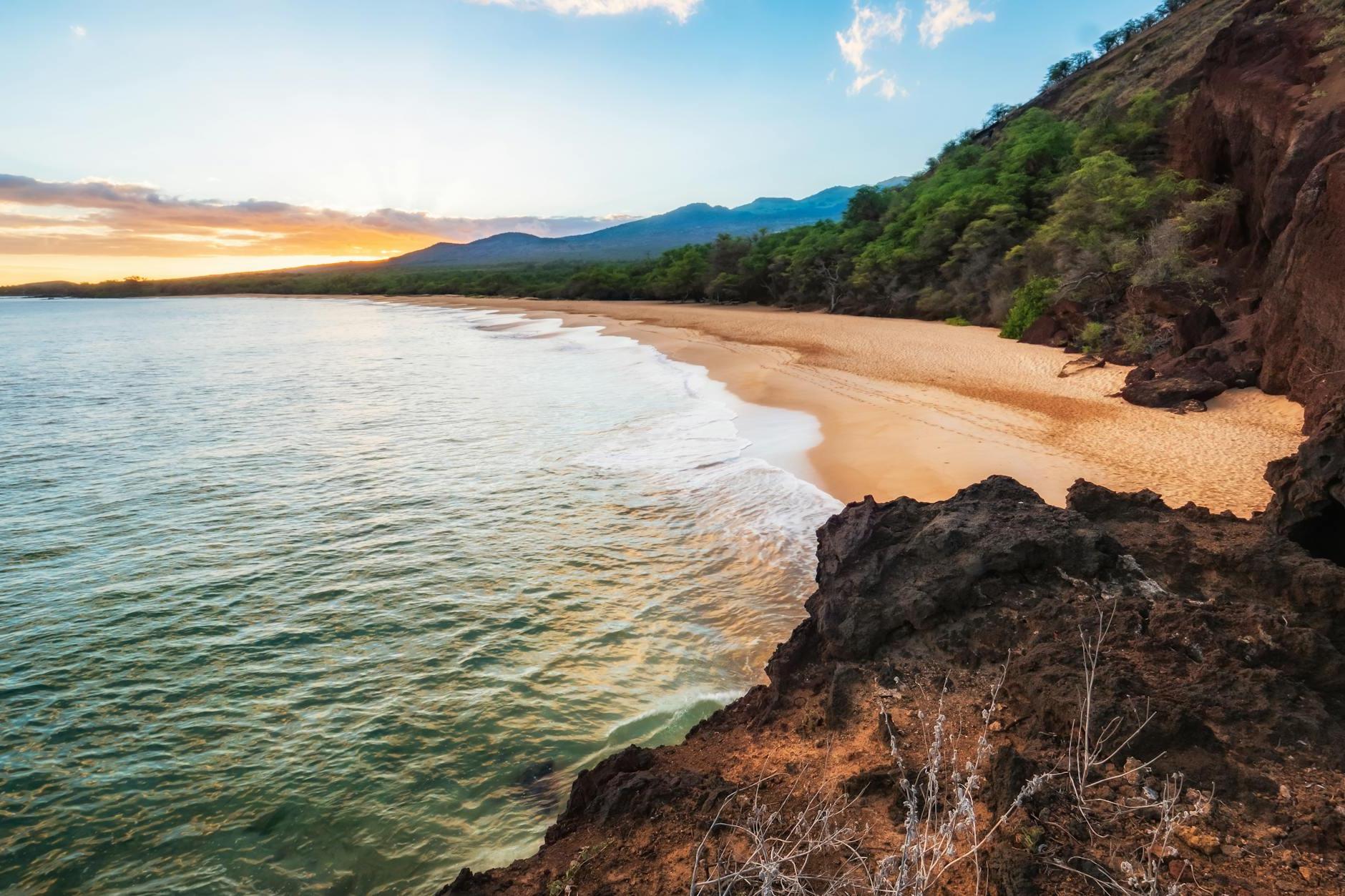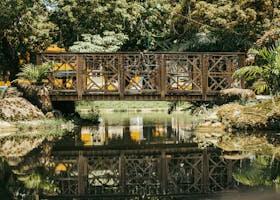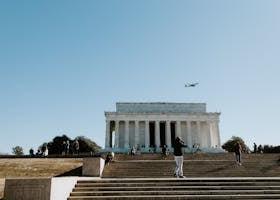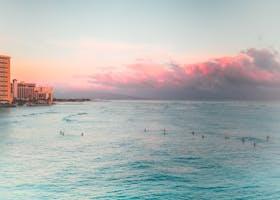Top 10 Must-See Spots on Hawaii's Big Island
Posted on June 3, 2024 • 10 minutes • 2043 words
Table of contents
Welcome to Hawaii’s Big Island, a paradise that beckons travelers with its lush landscapes, stunning beaches, and awe-inspiring volcanoes. Known for its diverse natural beauty, this island offers a unique set of experiences that you won’t find anywhere else. While many visitors flock here during the winter months to escape the colder climates, rest assured that the Big Island has something magical to offer all year round. Whether you’re looking to hike lush rainforests, dive into crystal-clear waters, or simply relax under the Hawaiian sun, our list of the top 10 must-see spots will help you make the most of your visit. Let’s explore the wonders that await you on Hawaii’s Big Island!
10 best things to see in Big Island of Hawaii
10. Waimea Town
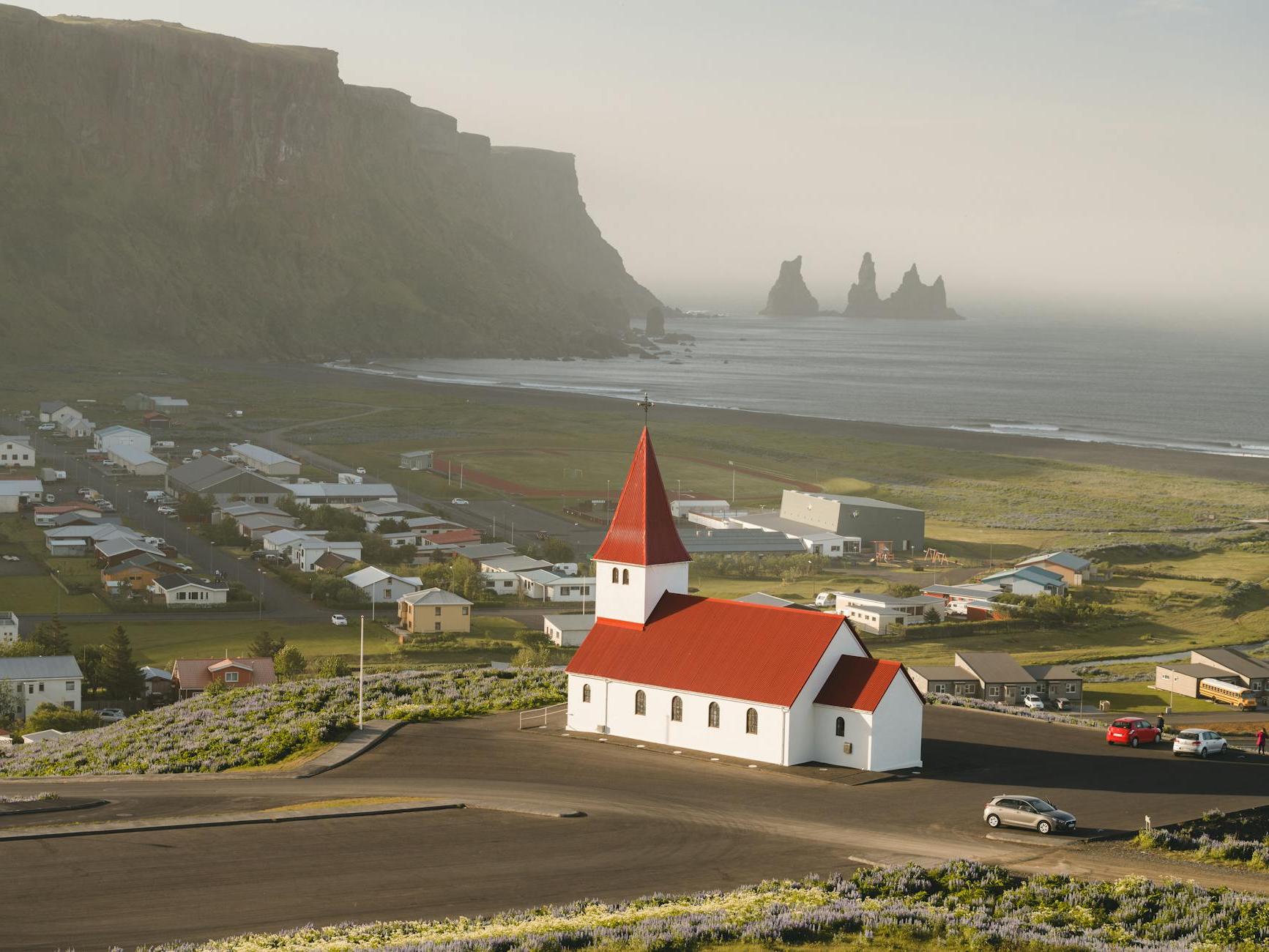
When you’re exploring the Big Island of Hawaii, don’t miss a visit to Waimea Town. This charming spot offers a unique blend of Hawaiian culture and paniolo (Hawaiian cowboy) history. To get there, you can simply drive up the scenic Mamalahoa Highway from Kona or Hilo—both routes promise stunning landscapes. Once in Waimea, you’ll find plenty to see and do, from exploring local farmers’ markets to visiting historic Parker Ranch. Pay attention to the weather as it can change quickly; Waimea is known for its cool temperatures and occasional misty rains. You’ll love the small-town feel and rich history that make Waimea truly special.
9. Punalu’u Black Sand Beach
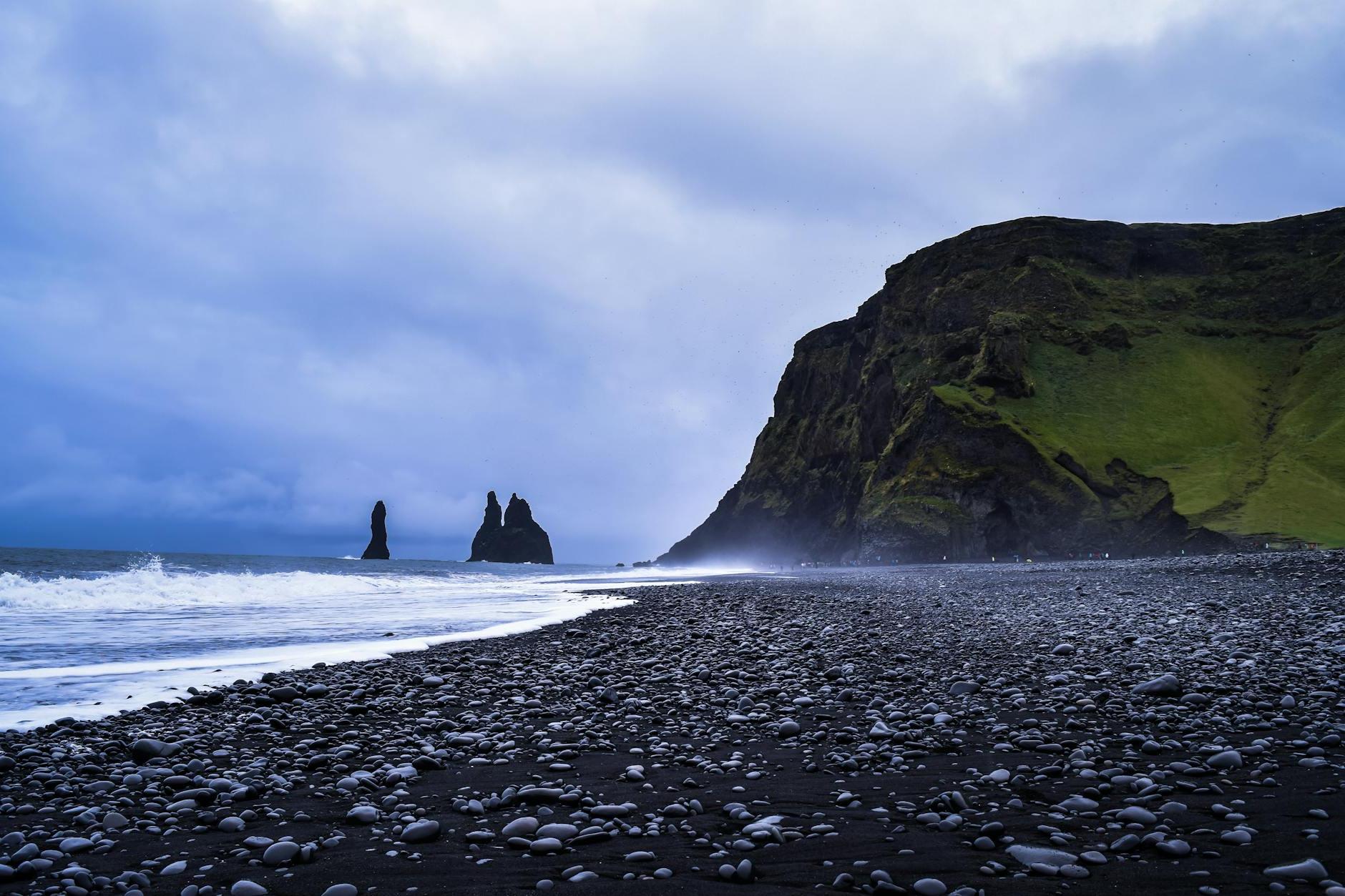
Visiting Punalu’u Black Sand Beach on the Big Island of Hawaii is a must-do for its unique and stunning black sand, created by lava flowing into the ocean and cooling rapidly. This beach offers an extraordinary landscape and a chance to see Hawaiian green sea turtles resting on the shore. To get there, drive along Highway 11 and look for the signs near the town of Naalehu. Once you arrive, be cautious of the strong currents if you plan to swim and remember not to touch the turtles as they are a protected species. Enjoy the contrast of the dark sand against the bright blue ocean and take in the natural beauty of this incredible spot.
8. Rainbow Falls
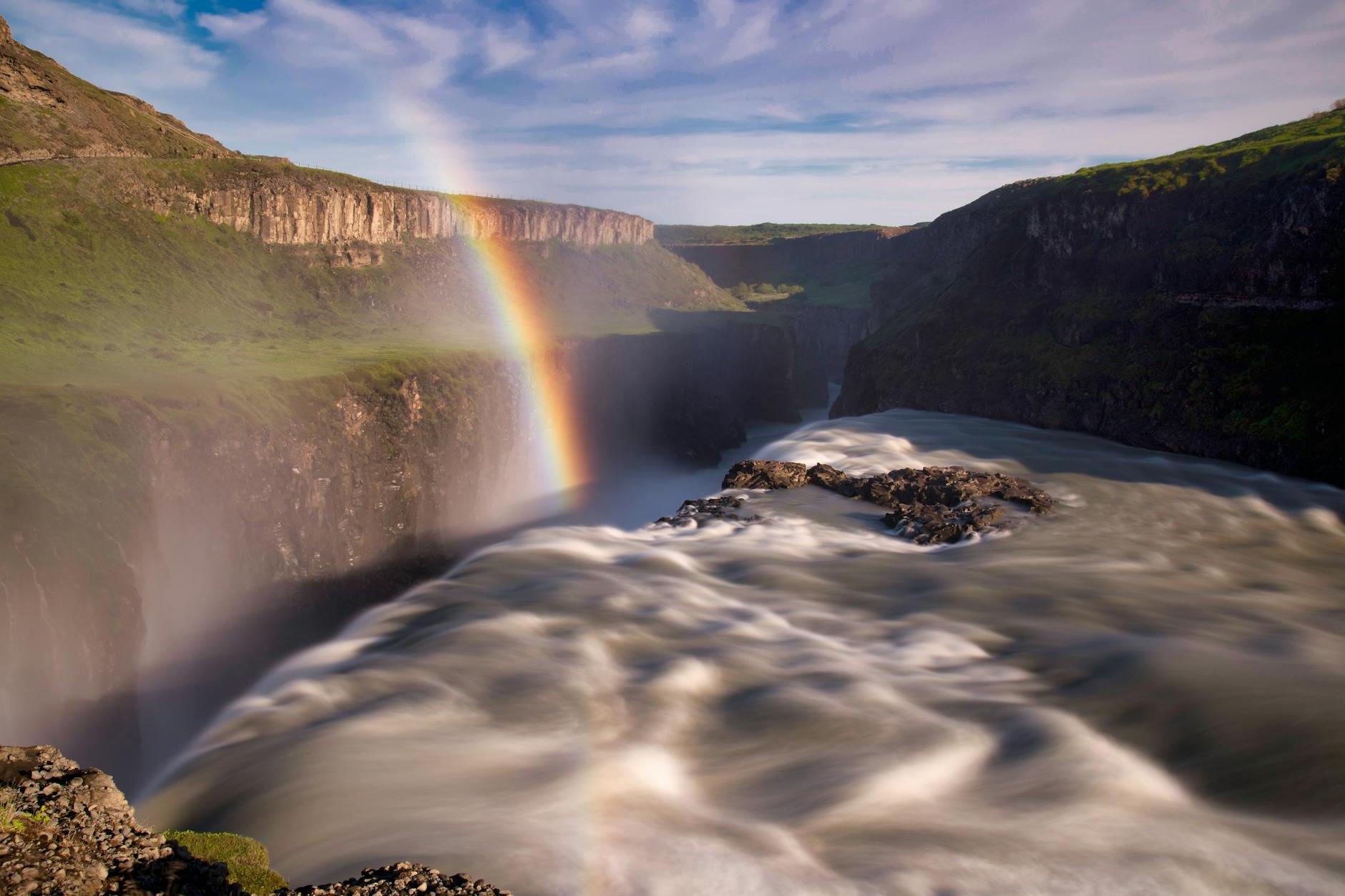
If you’re visiting the Big Island of Hawaii, make sure to check out Rainbow Falls in Hilo! This stunning 80-foot waterfall is named for the vibrant rainbows that often appear in its mist, especially in the morning. To get there, simply take Waiānuenue Avenue from downtown Hilo and follow the signs; it’s only a short 10-minute drive. Once you arrive, there’s a parking area with easy access to the viewing platform. Don’t forget to bring a camera to capture the beauty, and keep an eye out for the banyan tree nearby, which is a perfect spot for a shaded rest. Enjoy the lush surroundings and the thundering water - it’s a sight you won’t want to miss!
7. Chain of Craters Road
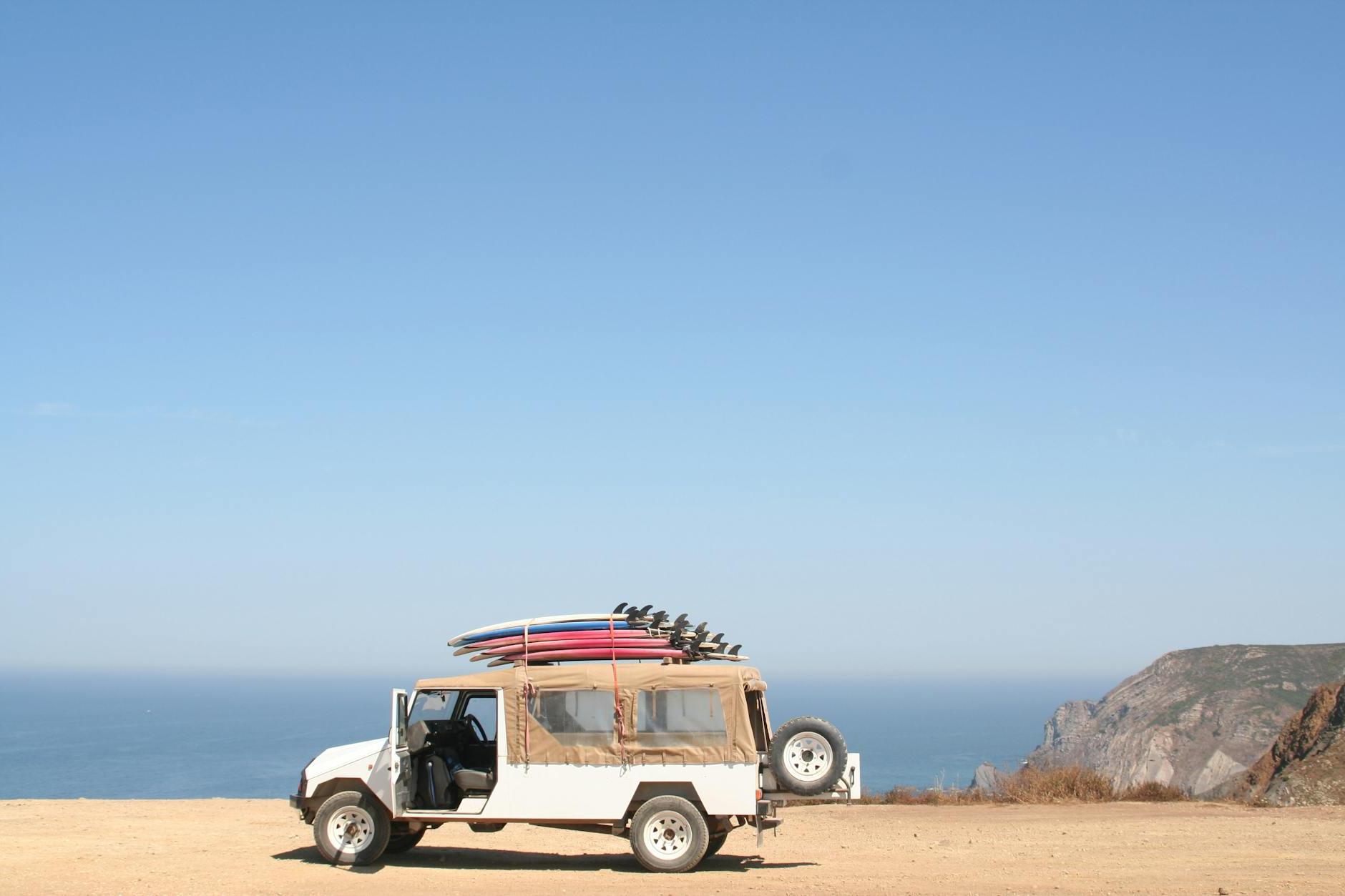
When you visit the Big Island of Hawaii, make sure to take a drive along the breathtaking Chain of Craters Road. This scenic route offers an up-close look at Hawaii Volcanoes National Park and takes you through a variety of landscapes, from lush rainforests to rugged volcanic craters. To get there, simply follow Highway 11 from Hilo or Kona to the park’s entrance, and then turn onto Chain of Craters Road. As you travel, look out for unique features like the Thurston Lava Tube, the dramatic Halema’uma’u Crater, and the spot where lava meets the ocean at Holei Sea Arch. Keep an eye on road conditions as volcanic activity can sometimes cause closures. Remember to bring water, snacks, and a jacket, as the weather can change quickly.
6. Mauna Kea Observatories
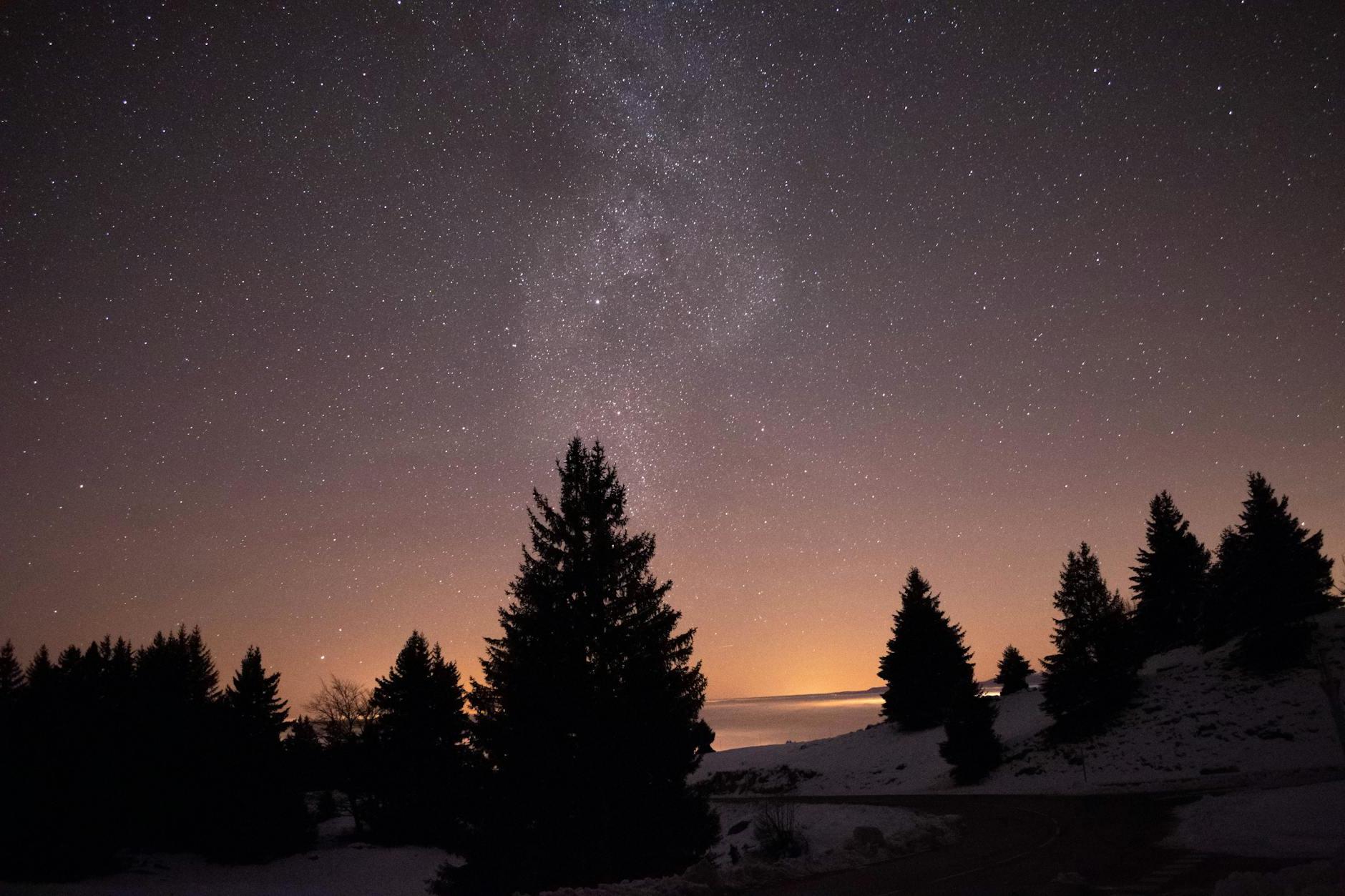
When you’re on the Big Island of Hawaii, visiting the Mauna Kea Observatories is a must-do activity that offers a breathtaking experience. Situated on the summit of Mauna Kea, these observatories provide some of the world’s best stargazing opportunities due to the high altitude and clear skies. To get there, you’ll need a 4-wheel drive vehicle, as the road to the top is steep and rugged. You can also join a guided tour if you prefer not to drive yourself. Make sure to pack warm clothes, as temperatures can drop significantly at the summit, and bring plenty of snacks and water. Be aware of altitude sickness—spend some time at the Visitor Information Station to acclimate before heading all the way up. With a little preparation, your visit to the Mauna Kea Observatories will be an unforgettable highlight of your trip.
5. Akaka Falls State Park
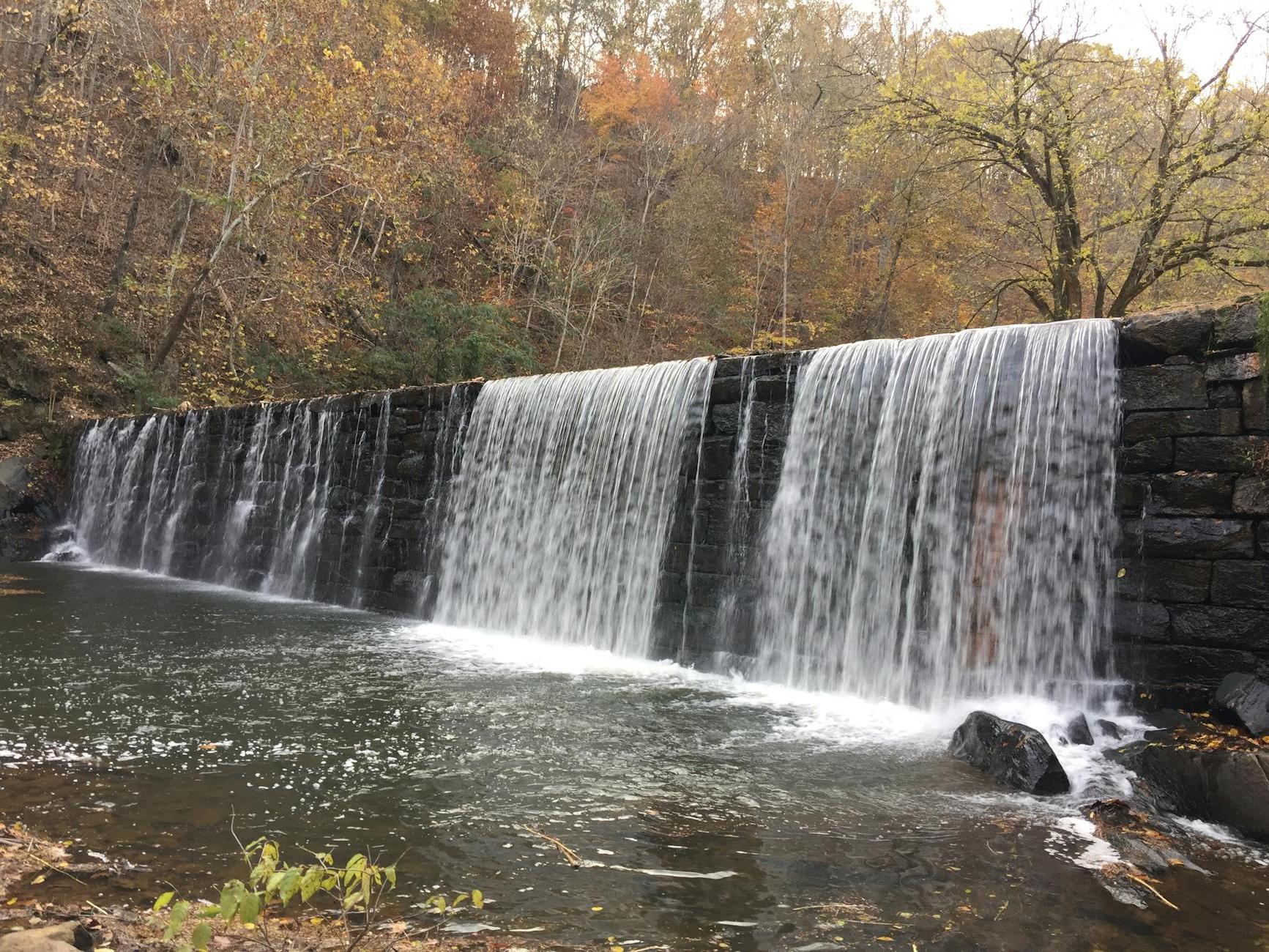
Visiting Akaka Falls State Park on the Big Island of Hawaii is a must for nature lovers and adventure seekers. It’s home to the spectacular Akaka Falls, which plunges 442 feet into a lush gorge. The park offers a scenic, easy-to-walk loop trail that takes you through a beautiful tropical setting filled with orchids, bamboo groves, and ferns, making it a photographer’s dream. To get there, drive along the Honomu Road (Highway 220) for about 4 miles from Honomu town. Parking is available, but there’s a small fee, so have some cash ready. Make sure to wear sturdy shoes, as the path can get slippery. Don’t forget your camera and rain gear, as the area is often misty. Enjoy the serene beauty and the awe-inspiring power of the falls!
4. Hapuna Beach
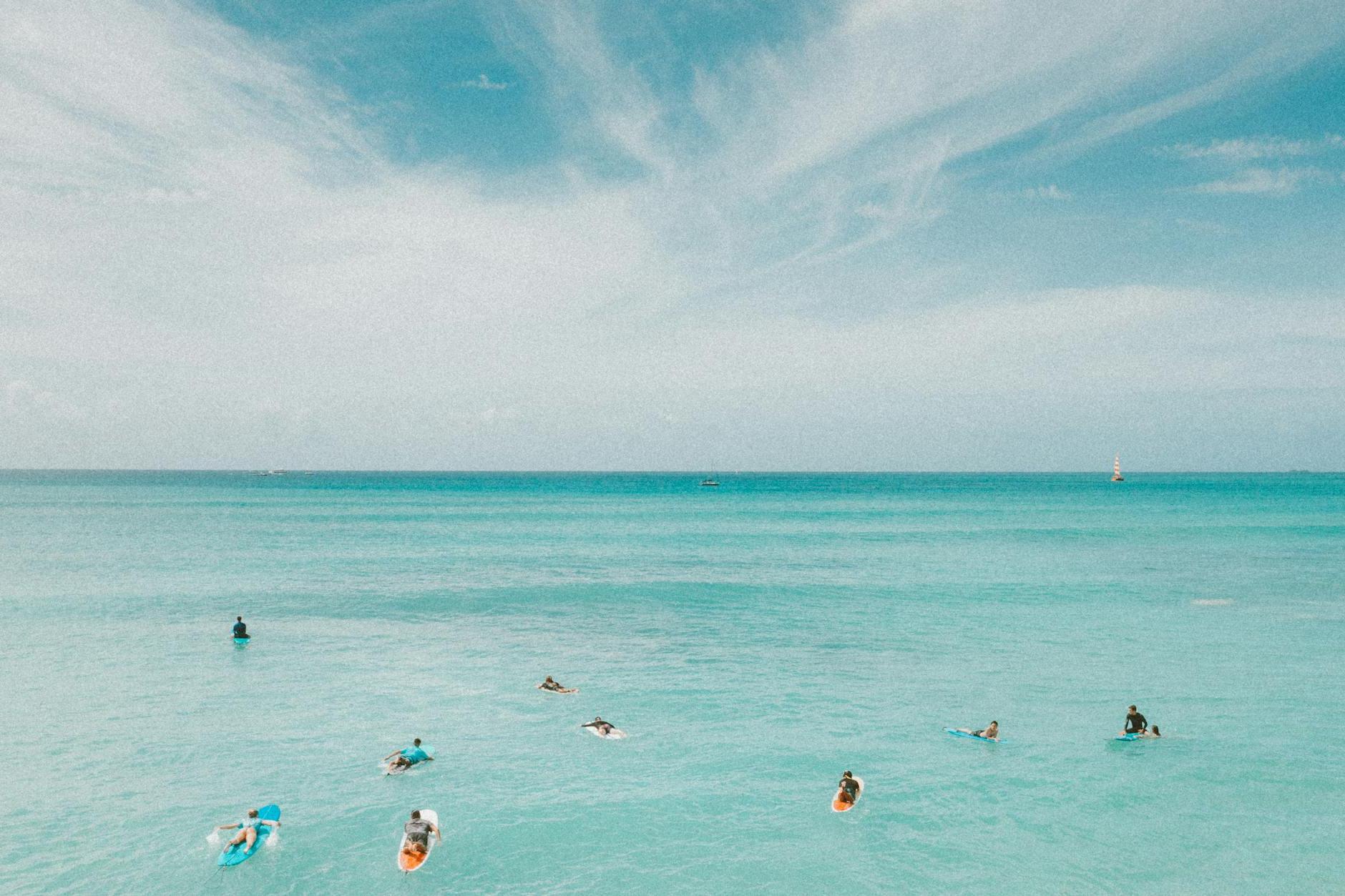
Hapuna Beach is a must-visit spot when you’re on the Big Island of Hawaii. Known for its beautiful white sand and clear blue waters, it’s one of the best beaches in the state. The beach is perfect for swimming, sunbathing, and even snorkeling on calmer days. To get there, you can drive along Highway 19 (Queen Ka’ahumanu Highway) and look for the signs indicating the entrance to Hapuna Beach State Park. It’s about a 30-minute drive from Kailua-Kona. Once you’re there, you’ll find ample parking, restrooms, and picnic areas. Make sure to bring sunscreen and stay aware of the ocean conditions, as the waves can get rough, especially in the winter months. Enjoy your time in this Hawaiian paradise!
3. Kona Coffee Farms
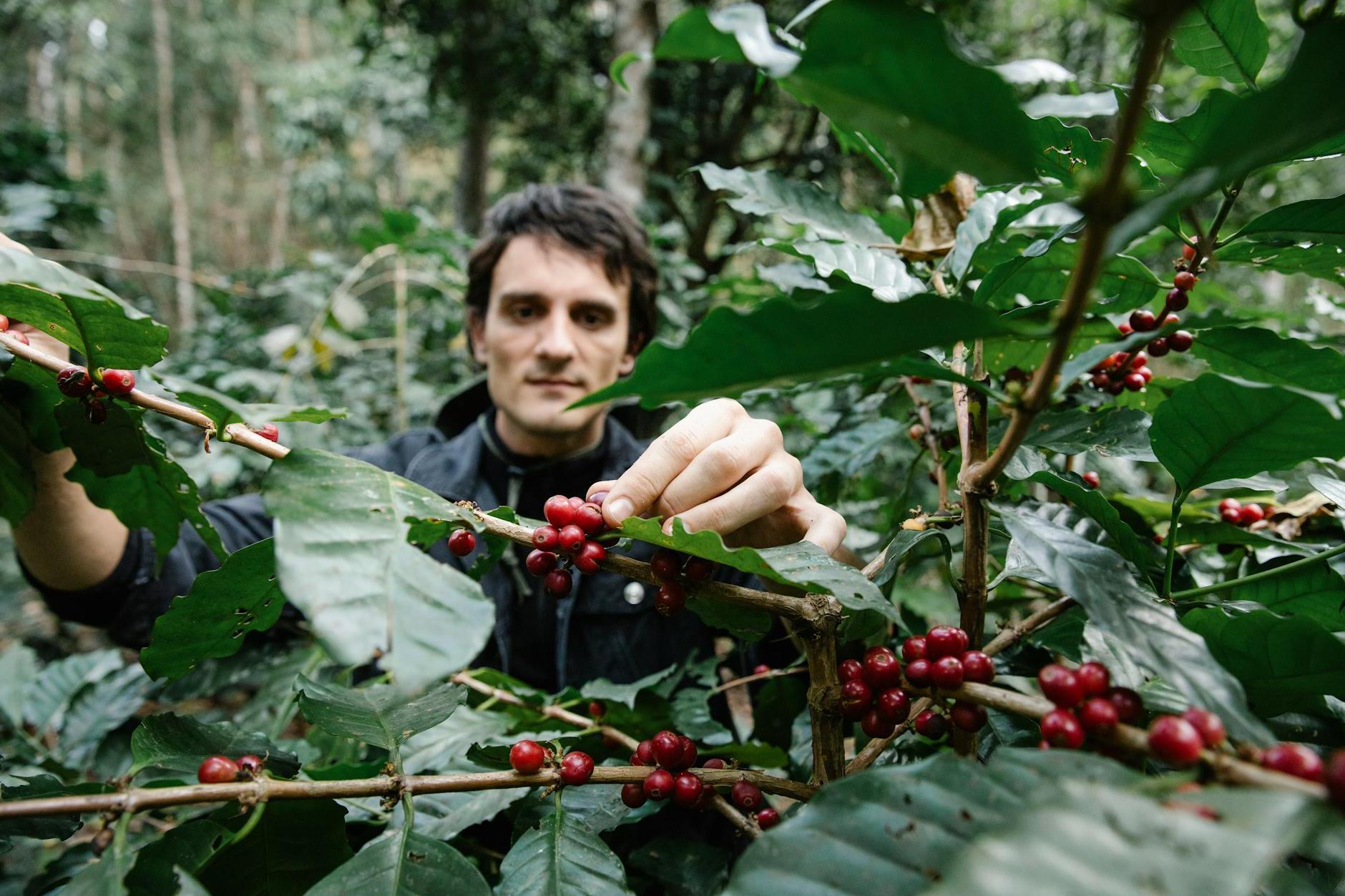
When you’re on the Big Island of Hawaii, visiting Kona Coffee Farms is a must! Kona coffee is famous worldwide, and there’s no better place to learn about it than right where it’s grown. You’ll get to see the coffee trees, learn how the beans are harvested and processed, and of course, enjoy some fresh samples. The farms are located in the Kona District on the west side of the island. You can easily reach them by renting a car and driving along the scenic Mamalahoa Highway (Route 11) or the Hawaii Belt Road (Route 19). Pay attention to the opening hours of the farms, as they can vary, and some might require reservations for tours. Also, bring some cash just in case you want to buy some delicious coffee to take home!
2. Hawaii Tropical Botanical Garden
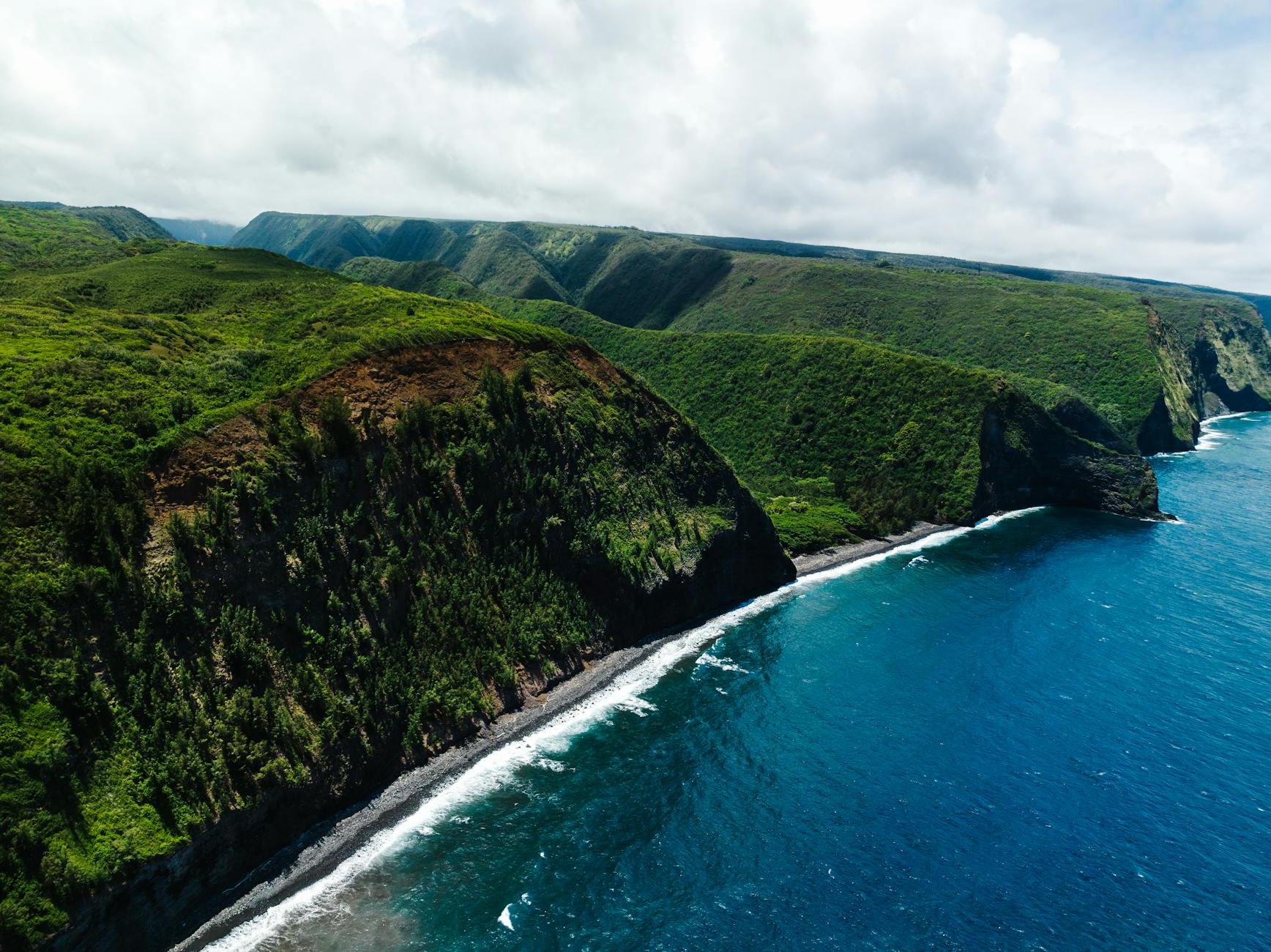
You should visit the Hawaii Tropical Botanical Garden on the Big Island of Hawaii because it’s a beautiful place filled with over 2,000 species of plants, flowers, and trees. It’s like walking through a lush, green paradise with waterfalls and streams around every corner. To get there, drive along the scenic Old Mamalahoa Highway from Hilo; it’s just about a 20-minute ride. Once you arrive, wear comfortable shoes since there are winding paths and steps. Don’t forget your camera for those stunning views! Also, watch out for the weather – rain can be common, so a light rain jacket might come in handy. Enjoy the peaceful beauty and the vibrant colors of this tropical oasis!
1. Hawai’i Volcanoes National Park
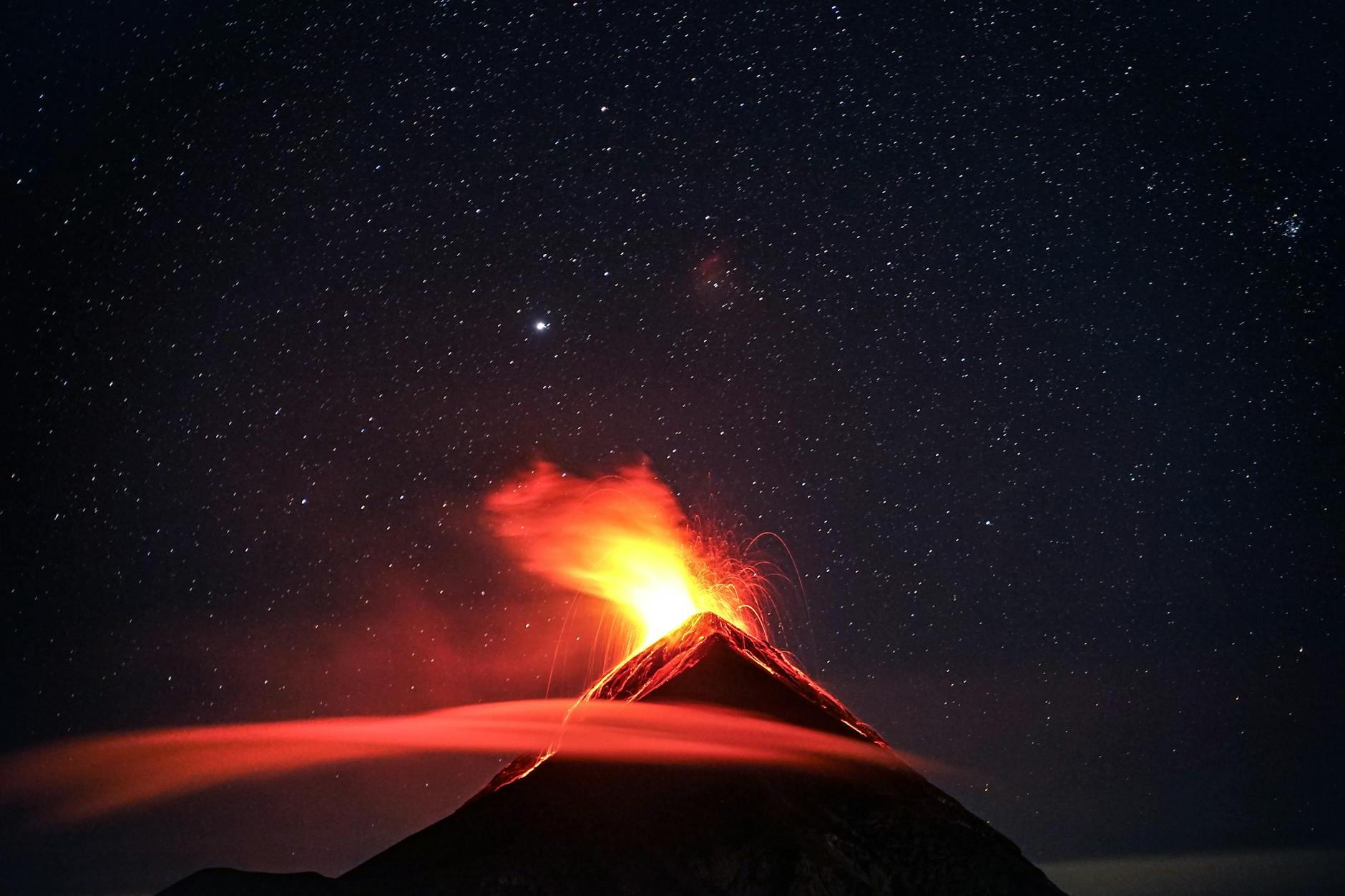
Visiting Hawai’i Volcanoes National Park on the Big Island of Hawaii is an unforgettable experience that offers a chance to see active volcanoes and unique landscapes. You’ll get to explore the majestic Kīlauea and Mauna Loa volcanoes, watch steam vents, and walk on freshly hardened lava fields. To get there, drive from Hilo, which takes about 45 minutes, or from Kona, which is around a 2.5-hour drive. Make sure to bring sturdy shoes, water, and a flashlight if you plan on staying after dark. Pay attention to park alerts for volcanic activity and follow safety guidelines to ensure a safe and awe-inspiring visit.
Frequently Asked Questions
1. What is the best time of the year to visit Big Island of Hawaii?
The best time to visit the Big Island of Hawaii is from November to April. During these months, you can enjoy pleasant weather with warm temperatures and less humidity, making it perfect for outdoor activities like hiking, snorkeling, and exploring the island’s natural beauty. Additionally, this period is also whale-watching season, offering a wonderful opportunity to see humpback whales. Alternatively, visiting from May to October can be more economic since it’s considered the off-peak season. The weather is still great, but it’s slightly hotter, and you might encounter tropical rain showers. Traveling during these months can help you avoid the crowds and find better deals on accommodations and flights.
2. Should I rent a car in Big Island of Hawaii?
Renting a car on the Big Island of Hawaii can be very convenient for getting around. The roads are generally in good condition, especially the main highways that connect key attractions. Traffic is usually light, but it can get busy around popular tourist spots and in larger towns like Kailua-Kona and Hilo. Parking is mostly easy to find, though it can be a bit tricky in crowded areas. Public transport is available but limited; the Hele-On Bus covers some routes, but it doesn’t reach every corner of the island. Taxis and ride-hailing services like Uber and Lyft are options, but they can be expensive and may not always be available in more remote areas. Renting a car gives you the freedom and flexibility to explore at your own pace.
3. What are different ways to get to Big Island of Hawaii?
Getting to the Big Island of Hawaii is easy and can be done in several ways. The most common way is by air; you can fly directly into either Kona International Airport (KOA) or Hilo International Airport (ITO) from many major cities. These airports handle flights from the mainland U.S. and other Hawaiian islands. Once you land, you can choose public transport like buses, but they can be limited and not as convenient for tourists. Unfortunately, there are no train services on the island. If you’re already in Hawaii, traveling from other islands, such as Oahu or Maui, typically involves a short inter-island flight, as there are no bridges and you can’t drive across the ocean. While there aren’t ferries that take cars between islands, renting a car after you arrive is a popular choice for exploring the Big Island at your own pace.
4. Are there things to do with children in Big Island of Hawaii?
Absolutely, there are plenty of things to do with children on the Big Island of Hawaii! One of the top spots is the Hawaii Volcanoes National Park, where your kids can marvel at real lava flows and learn about volcanos. If your family loves animals, visit the Pana’ewa Rainforest Zoo and Gardens, which features exotic animals and a playful petting zoo. For some beach fun, head to the kid-friendly Hapuna Beach, known for its soft sand and gentle waves, perfect for swimming and building sandcastles. Another hit with families is the Imiloa Astronomy Center, offering interactive exhibits and planetarium shows that will fascinate young minds. You can also take a guided tour to see dolphins and whales, adding a touch of adventure to your trip. The Big Island truly has something for everyone, ensuring a fantastic experience for both kids and adults.
5. Is Big Island of Hawaii safe to travel to?
Yes, the Big Island of Hawaii is safe to travel to. The island is a popular destination with friendly locals and beautiful landscapes. However, like any tourist spot, it’s important to stay aware of your surroundings and take precautions. Petty crimes like pickpocketing and small scams can occur, especially in crowded areas. Always keep your valuables out of sight and be cautious in busy places. By staying alert and following these simple tips, you can enjoy a safe and memorable trip to the Big Island of Hawaii.

